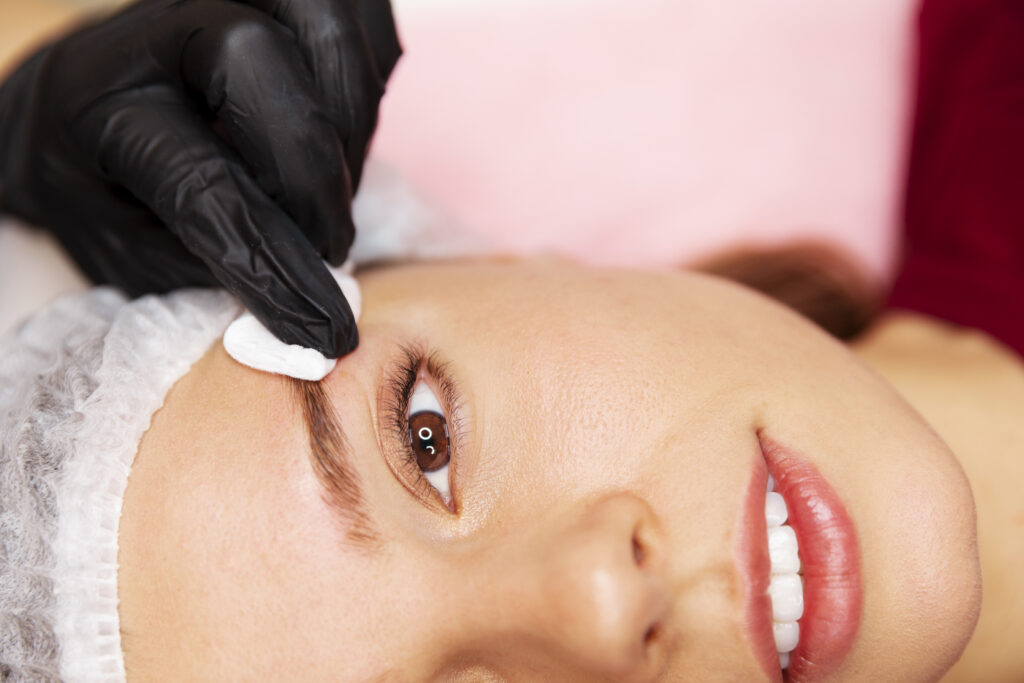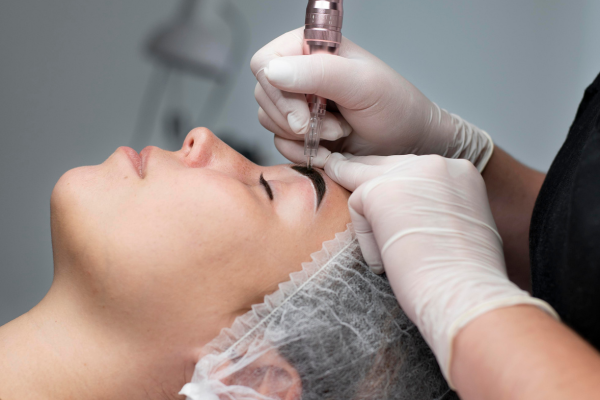Wake up every day with brows that are already perfect.
Wake up every day with brows that are already perfect.
What is Microblading?
Microblading is a semi-permanent makeup technique that uses delicate, hair-like strokes to mimic real eyebrow hair — creating natural, fuller, and beautifully defined brows. It’s the ideal solution for anyone with thinning, patchy, or light brows, or simply looking to improve shape and symmetry.
Also known as brow embroidery, feather touch, or 3D brows, microblading is performed using a handheld tool that gently implants pigment into the upper dermis. This technique creates the illusion of real brow hairs, adding depth, structure, and softness — all without the need for daily makeup.

Why Clients Love It
- Natural, realistic results
- Lasts up to 2 years
- Low maintenance
- Fully customized to your face shape and preferences
- Cost-effective alternative to daily makeup routines
Whether you’re looking to fill gaps, define shape, or completely rebuild your brow, our trained artists will design a look tailored specifically to you.
How Long Does Microblading Last?
Microblading typically lasts between 12 to 24 months, depending on your skin type, lifestyle, and aftercare. To complete the process and ensure long-lasting results, two sessions are required — the second (or “perfecting”) session is usually done 8–12 weeks after your initial appointment.
To maintain your desired shape and color, a touch-up is recommended every 8–12 months. Factors like sun exposure, oily skin, chemical peels, and skincare products can affect how the pigment holds and fades over time.
It’s important to know that results will vary from person to person. While we make every effort to achieve even, natural-looking results, each skin type retains pigment differently, and slight asymmetries are normal due to natural muscle movement in the face.
Please note: If you’ve had previous microblading or brow tattooing, your results may differ. Additional sessions may be needed, and in some cases, the pigment may not hold as evenly due to existing scar tissue or underlying color — even if it’s not visible on the surface.

